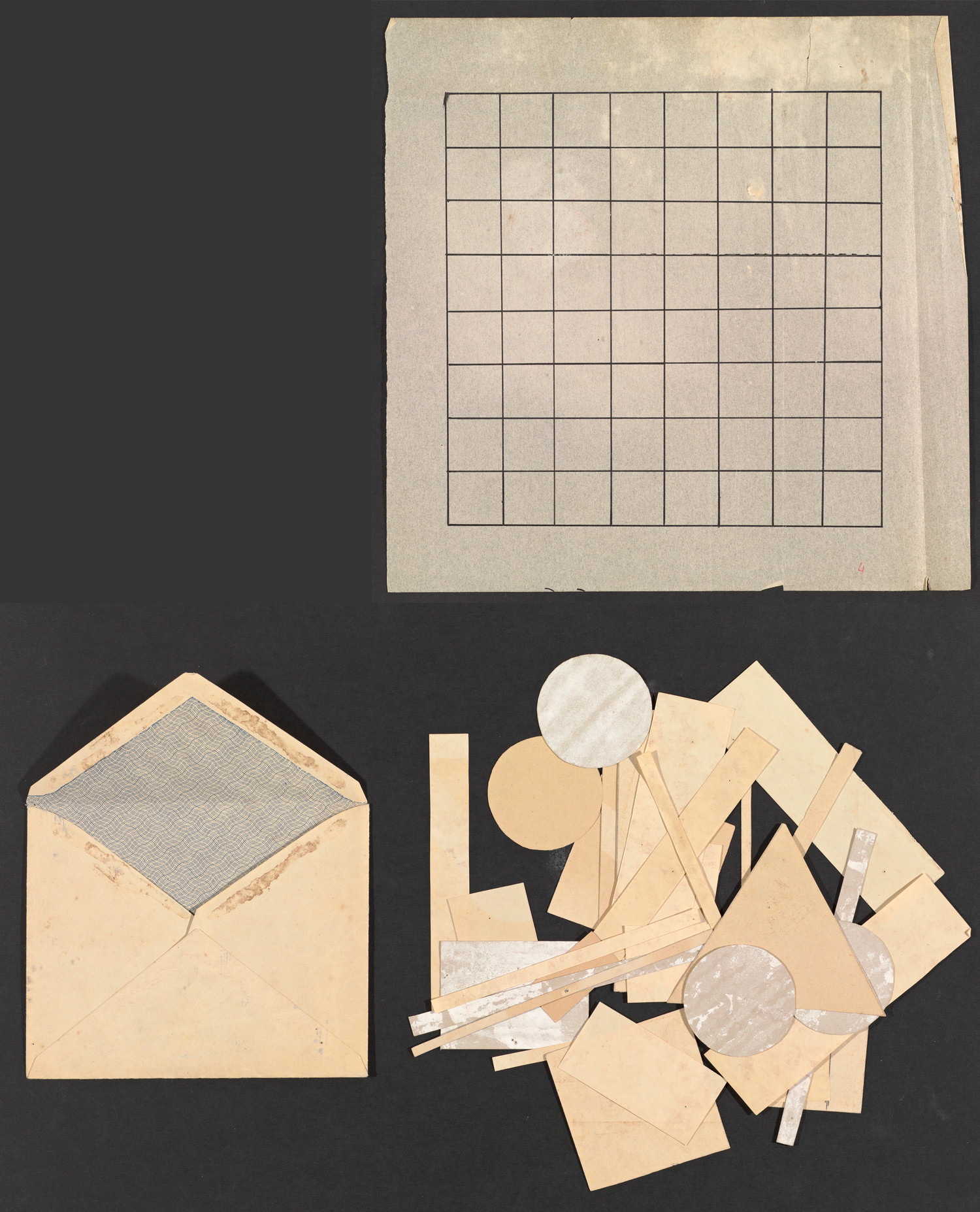
30.07.17 - Zeynep Çelik Alexander featured in Columbia GSAPP podcast
Associate Professor Zeynep Çelik Alexander was recently featured in GSAPP Conversations – a podcast produced in partnership between ArchDaily and Columbia University's Graduate School of Architecture, Planning and Preservation (GSAPP). Alexander discusses her ongoing research on the history of modern architecture since the Enlightenment and the meaning of "Gestaltung,” the need for developing new language suitable for contemporary practice, and the role of architecture schools within the context of research universities.
“We haven’t yet developed the language with which to understand the world that we live in,” says Alexander to Columbia GSAPP student Jarrett Ley.
GSAPP Conversations is a podcast series designed to offer a window onto the expanding field of contemporary architectural practice. Each episode pivots around discussions on current projects, research, and obsessions of a diverse group of invited guests at Columbia, from both emerging and well-established practices.
Alexander recently published the book Kinaesthetic Knowing: Aesthetics, Epistemology, Modern Design (Chicago and London: University of Chicago Press, 2017), which “offers the first major intellectual history of kinaesthetic knowing and its influence on the formation of modern art and architecture and especially modern design education.”
From the University of Chicago Press website:
Focusing in particular on Germany, and tracing the story up to the start of World War II, Alexander reveals the tension between intellectual meditation and immediate experience to be at the heart of the modern discourse of aesthetics, playing a major part in the artistic and teaching practices of numerous key figures of the period, including Heinrich Wölfflin, Hermann Obrist, August Endell, László Moholy-Nagy, and many others. Ultimately, she shows, kinaesthetic knowing did not become the foundation of the human sciences, as some of its advocates had hoped, but it did lay the groundwork—at such institutions as the Bauhaus—for modern art and architecture in the twentieth century.

